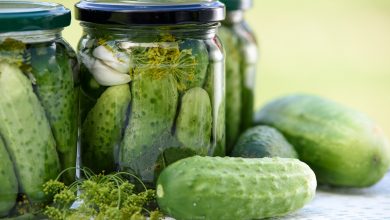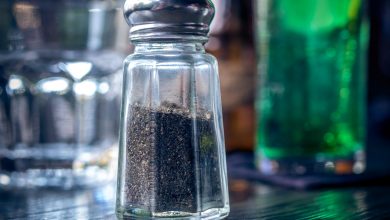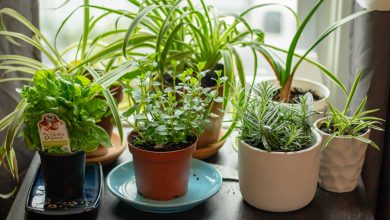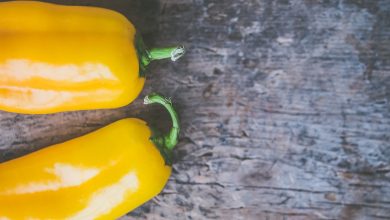Your Guide to Growing a Self-Sufficient Garden
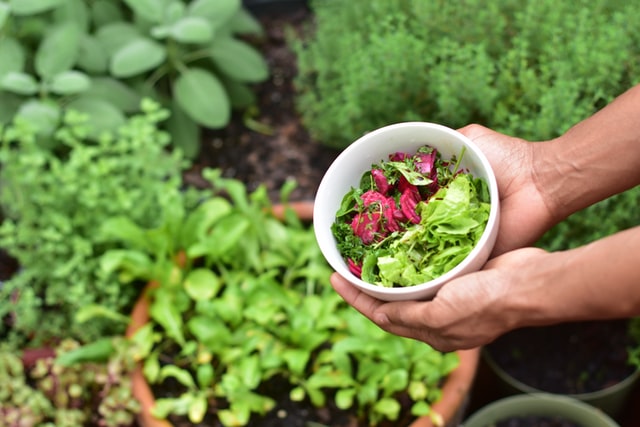
Self-sufficient gardens are one of the best types for home gardeners to tackle and grow! These types of gardens take some time, planning, and know-how. Still, once you have it up and growing, you and your family will appreciate the valuable resources your self-sufficient garden will bring to the table.
In this article, we’ll give you the dirt on what self-sufficient gardening is and give you a step-by-step guide for cultivating your own!
What Is a Self-Sufficient Garden?
If you’re looking for a great way to provide your family with fresh fruits, delicious vegetables, and homemade jarred goodies, growing a self-sufficient garden is the ticket. In your self-sufficient garden, you can grow food to sustain your family’s eating wants and needs.
Self-sustaining gardeners value their homegrown food crops for the following reasons:
- Cost – Growing food staples at home can save you big on grocery store costs. Many home gardeners choose to begin self-sufficient gardens to cut food costs for their families.
- Convenience – Are you craving a salad for lunch? How about some fresh broccoli to go with dinner? When you have a garden chock-full of food in your backyard, the dinner possibilities are endless.
- Control – Concerns of how food is grown, what pesticides are used, and how healthy the menu on the plate is at the end of the day is a growing concern for American families. With self-sustaining gardens, growers have more control over how their food is cultivated.
- Peace of Mind – When you have access to nutritional food at your fingertips, it can be a great feeling. Did you run out of ingredients for dinner? No problem; simply grab some fresh produce from your garden. Has money been tight recently? Don’t fret; simply whip up some fresh vegetable casserole from the crops in your yard.
Planning and Building Your Garden Space
Your garden is going to require careful placement and designated space to work correctly. Be sure to take some time to carefully plan your garden’s design before jumping in. Consider the following in your plans:
- Space – Self-sufficient gardens are going to require a decent amount of space; you are growing food after all! Pick an area in your yard that will accommodate the crops you have in mind, and that will be unimpeded by other activities or structures. During this step, it can help to plan the size of each vegetable, fruit, or herb bed and mapping a diagram and measurements. Rows will need to be placed about six feet apart, and raised bed boxes are typically at least two feet wide or more. Different plants also have unique spacing requirements. It’s important to familiarize yourself with anticipated spacing needs before you begin. Remember also to leave yourself walking space in between plant beds!
- Sun – As a whole, most vegetable and fruit plants will require full sun. Be sure your designated space isn’t close to trees, fencing, or structures. Plenty of sunshine is best for your new plants!
- Beds – Your garden can be built either in-ground or within built raised beds in enclosed wooden frames. Either way, it’s important that your plants aren’t on flat ground. By planting in raised beds, you can ensure that your soil won’t have drainage problems, and it makes for easier tilling of the soil.

- Water – Because your plants will need to be on a regular watering schedule, it’s essential that you figure out how you plan to deliver said water. If you’re planning to install drip lines or a sprinkler system, you’ll want to install these prior to planting.
- Soil – Establishing the soil being used in your garden is critical. Unfortunately, you typically can’t just use the dirt and soil already in your garden; you’ll need to put a little extra effort in to prepare it. Tilling the ground and mixing it with a healthy amount of fertilizer or compost can help ensure your soil provides the best environment for your plants to grow. If you want to truly make your garden self-sufficient, you might consider making your own compost.

Choosing What to Grow
Deciding what to grow in your self-sufficient garden takes some thought. It’s crucial that you choose fruits, vegetables, and herbs that your family will use often and enjoy. To get you started, here are some examples of produce often grown in self-sufficient gardens:
- Potatoes – Potatoes are one of the most popular staples grown in gardens. This root vegetable can be grown throughout the year while taking care to watch for frost. You can also make a versatile variety of dishes with potatoes.
- Carrots – Carrots are another staple root vegetable that can be used in various soups and dishes. Carrots are best grown as a fall crop.
- Lettuce – Spring and fall are the best seasons to grow lettuce. Many gardeners choose to include lettuce in their self-sufficient garden crops so they can easily make healthy salads, yummy sandwiches, and more.
- Tomatoes – Tomatoes are popular crops for home gardens because they can be added to and make so many things. Grow your own tomatoes during the spring and summer to make salads, soups, sauces, and more.
- Squash – Squash is a great crop to grow throughout the spring and summer. Squash can go great as a dinner side, in a casserole, or tossed into soups.
- Berries – Berries are great at providing healthy doses of antioxidants. Plant berry bushes in your garden and enjoy great snacking throughout the year. Berries are also great for pies and other desserts.
- Wheat – Wheat grows in the winter months and is harvested in the spring and summer. This crop is great for self-sufficient gardeners so they can mill their own flour to use in cooking and baking.
- Corn – Fresh corn at your fingertips is great for dinner sides and salsas. Not to mention, you can dry corn and pop it for a snack or mill it for cornmeal to use in baking or cooking.
- Onions – Onions are one of the most widely grown spring vegetables in home gardens because they can be added to practically any dish or salad.
- Garlic – Garlic can be grown throughout most of the year and is popular because it can be stored for long periods of time and used to flavor a wide variety of dishes.
- Peppers – Grow peppers in the late spring and summer. Peppers are relatively easy to grow and can be added to stir-fries, salads, salsas, and more!
- Fruit Trees – Fruit trees are great to establish in your self-sufficient garden so you can access healthy fruit for snacking, baking, and cooking throughout the year.
- Herbs – What’s the use in growing all this delicious food if you don’t have a way to season it? Think about what seasonings you and your family use most and consider them for your garden. Herbs are generally pretty easy to grow, plus you can dry them to use all year round.
- Beans – Crops like green beans, navy beans, Lima beans, and others are great to grow. Beans can be used in a variety of dishes and are easily dried and stored for use all year.
When choosing which crops to grow in your self-sufficient garden, be sure to also research which plants grow best in your region. Not all plants will grow well in every climate, but by planning around this, you can accommodate with plants that grow better in your area.

Planning for Winter
To maintain a true self-sufficient garden system, you’ll want to plan out what you are going to do with your crops long term when they are out of season or make your harvest last longer. Here are some options to consider:
- Jar and Can – By jarring and canning some of your crops, you can easily enjoy the fruits of your harvest throughout the year. Squash, tomatoes, peppers, fruit, beans, potatoes, and more can be easily jarred and canned.
- Freeze – Freezing your fruit, veggie, and herb crops can lengthen their lifespan by quite a bit.
- Dry – When it comes to your herbs, beans, and flour, you can easily dry them to extend their use. Various fruits, such as apples and apricots, can also be freeze-dried for great snacking and baking throughout the year.
Outside of growing crops, many self-sufficient growers choose to add various livestock to their repertoire. Adding in chickens, goats, cows, fish, and even honey bees can help you establish the true self-sufficiency you’re looking for.
In closing, self-sufficient gardens are definitely not easy. However, with thorough planning and diligence throughout the year, your family can enjoy the fruits of your labor all year.
